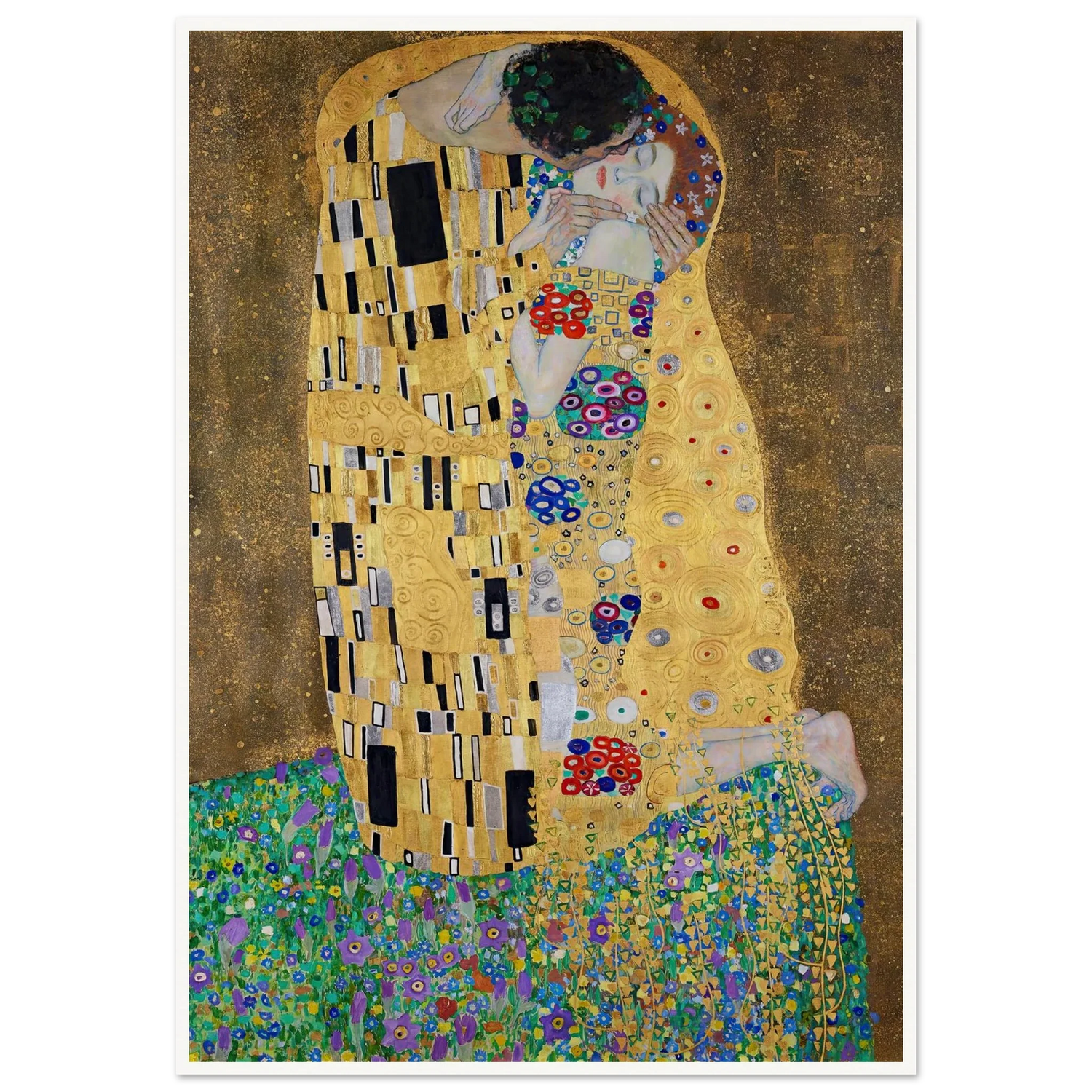The Movement of Emotion: Brushwork in Van Gogh’s Masterpieces
Share
Vincent van Gogh’s paintings are alive in a way that few artists have achieved. The energy of his brushwork transcends representation. It communicates not what the eye sees but what the heart feels. In Van Gogh, every stroke is a vehicle for emotion, a deliberate agitation of surface and space, transforming canvas into a record of internal motion.
Consider Starry Night (1889). The swirling patterns of the sky are not mere decoration. Each loop and curve conveys turbulence, restlessness, and a profound sense of psychological intensity. The cypress tree, stretching upward, echoes the verticality of the viewer’s own gaze, anchoring the chaos while reaching for the unseen. The brushstrokes themselves seem to move the air around them, producing a rhythm that resonates with human pulse and breath.

In Wheatfield with Crows (1890), the directionality of the brushstrokes transforms a simple field into a landscape charged with foreboding and energy. The sky is heavy and saturated, each stroke jagged and urgent. The wheat bends, folds, and sways, guided not just by wind but by the artist’s emotional intensity. There is a tension between earth and sky, life and uncertainty, articulated purely through the flow and pressure of the paint.

Van Gogh’s portraits also demonstrate this principle. In Self-Portrait with Bandaged Ear (1889), the facial features are constructed through layered strokes, conveying the tremor of vulnerability and resilience. The colors, applied in rapid, confident movements, create a vibrancy that contrasts with the stillness of the figure. The painting is alive with tension and awareness, the brushwork carrying the weight of both the sitter and the artist.

Even in quieter compositions, such as Sunflowers (1888), the motion of paint energizes static objects. The petals curl, droop, and interact with light as if alive. Thick impasto gives the flowers a sculptural presence, conveying fragility and vitality simultaneously. Van Gogh’s brushwork turns a simple vase of flowers into a study of impermanence, attention, and emotional resonance.
Across landscapes, still lifes, and portraits, Van Gogh’s technique demonstrates that brushwork is not merely a means to depict. It is a language of feeling. The movement of emotion becomes tangible, visible in the texture, direction, and energy of each stroke. Viewers are invited not just to see but to feel the rhythm of the artist’s mind, the pulse of the world he inhabits, and the subtle interplay between observation and emotion.
Van Gogh’s brushwork teaches us that art is not static. It is movement, emotion, and thought made visible. The masterpieces endure not because of subject matter alone but because they carry the vibrations of life itself across time and space.





